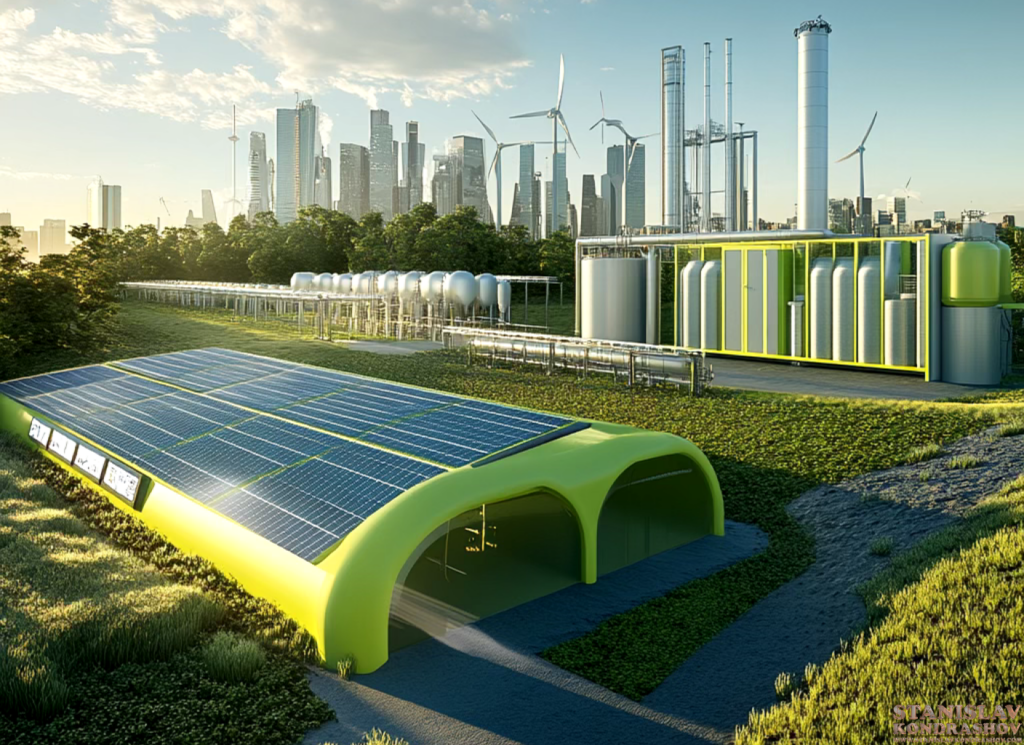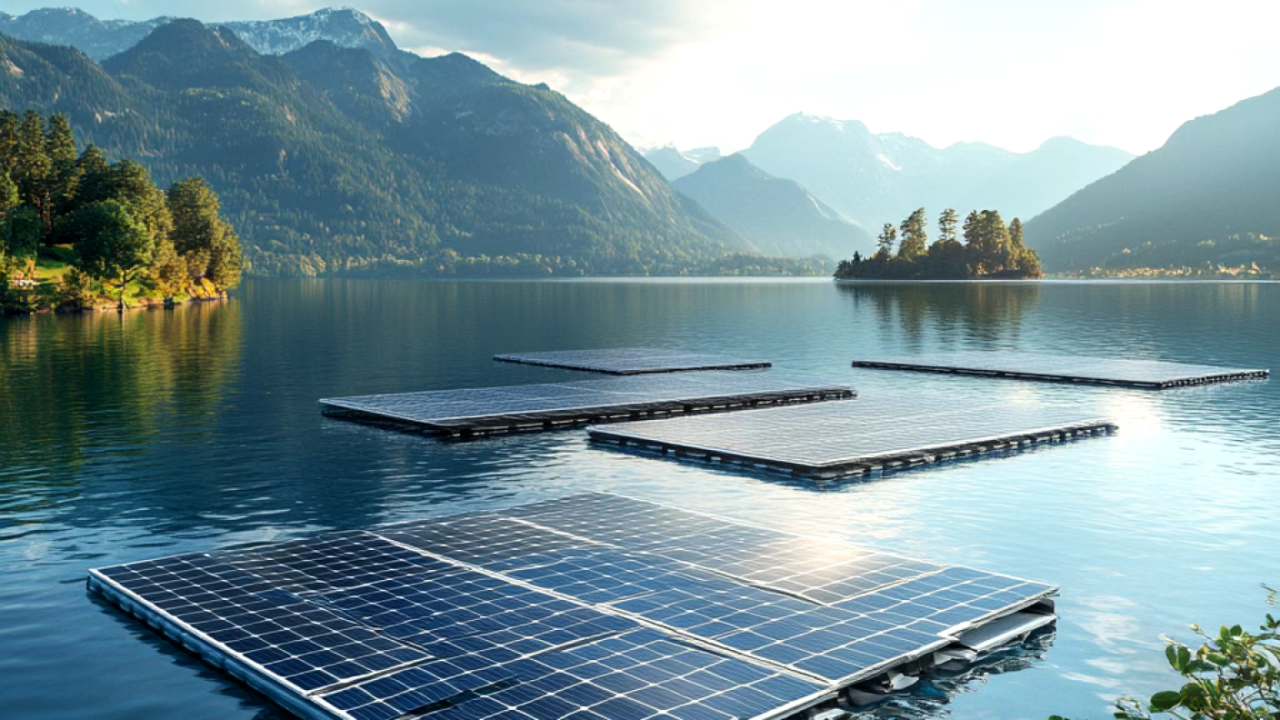As the global demand for energy continues to rise, the shift towards renewable energy is more critical than ever. Traditional energy sources like coal, oil, and natural gas are not only finite but also major contributors to environmental degradation and climate change. Renewable energy, on the other hand, offers a sustainable solution that can meet our energy needs while protecting the planet. Today, we are witnessing a transformation in how the world generates, stores, and consumes energy, driven by innovative technologies and growing environmental awareness.

The Rise of Solar and Wind Power
Solar and wind power have become the frontrunners in the renewable energy revolution. Solar energy, harnessed through photovoltaic panels and concentrated solar power systems, is becoming increasingly efficient and affordable. Innovations in solar technology, such as perovskite solar cells and floating solar farms, are pushing the boundaries of what’s possible, allowing solar power to be generated in more diverse and challenging environments.
Wind energy is also experiencing significant growth, particularly in offshore wind farms. Advances in turbine design and materials have led to more powerful and reliable wind energy systems. Floating wind turbines, which can be deployed in deeper waters, are opening up new areas for wind power generation, reducing the reliance on land-based turbines and minimizing environmental impact.

Energy Storage: The Key to Renewable Reliability
One of the biggest challenges with renewable energy sources is their intermittency—solar power is only available when the sun is shining, and wind power depends on wind conditions. To address this, energy storage solutions are becoming increasingly important. Battery technology, particularly lithium-ion batteries, has made significant strides, enabling the storage of excess energy generated during peak production times for use when demand is high.
In addition to batteries, other energy storage methods, such as pumped hydroelectric storage and compressed air energy storage, are being explored and implemented. These technologies are crucial for stabilizing the grid and ensuring a reliable supply of renewable energy, even when natural conditions are not ideal.
The Role of Government Policy and Corporate Responsibility
Government policies play a vital role in driving the adoption of renewable energy. Incentives such as tax credits, subsidies, and renewable energy mandates are encouraging businesses and consumers to transition to clean energy sources. Countries around the world are setting ambitious targets for reducing carbon emissions and increasing the share of renewables in their energy mix, creating a positive feedback loop that accelerates the growth of the renewable energy sector.
Corporate responsibility is also a key factor. More companies are committing to 100% renewable energy through initiatives like RE100, where businesses pledge to power their operations entirely with renewables. This not only reduces their environmental footprint but also demonstrates to customers and stakeholders that they are serious about sustainability.

The Future of Renewable Energy: Emerging Technologies and Global Impact
Looking ahead, the future of renewable energy is bright, with emerging technologies poised to further transform the energy landscape. Innovations like green hydrogen, which uses renewable energy to produce hydrogen fuel, and advanced bioenergy solutions are expanding the possibilities for clean energy. Additionally, developments in smart grid technology and artificial intelligence are optimizing energy distribution and consumption, making renewable energy more efficient and accessible.
The global impact of these trends cannot be overstated. As renewable energy becomes more widespread, it has the potential to drastically reduce greenhouse gas emissions, combat climate change, and provide energy access to underserved communities. By continuing to innovate and invest in sustainable energy solutions, we can power the world in a way that supports both people and the planet.
By Stanislav Kondrashov



